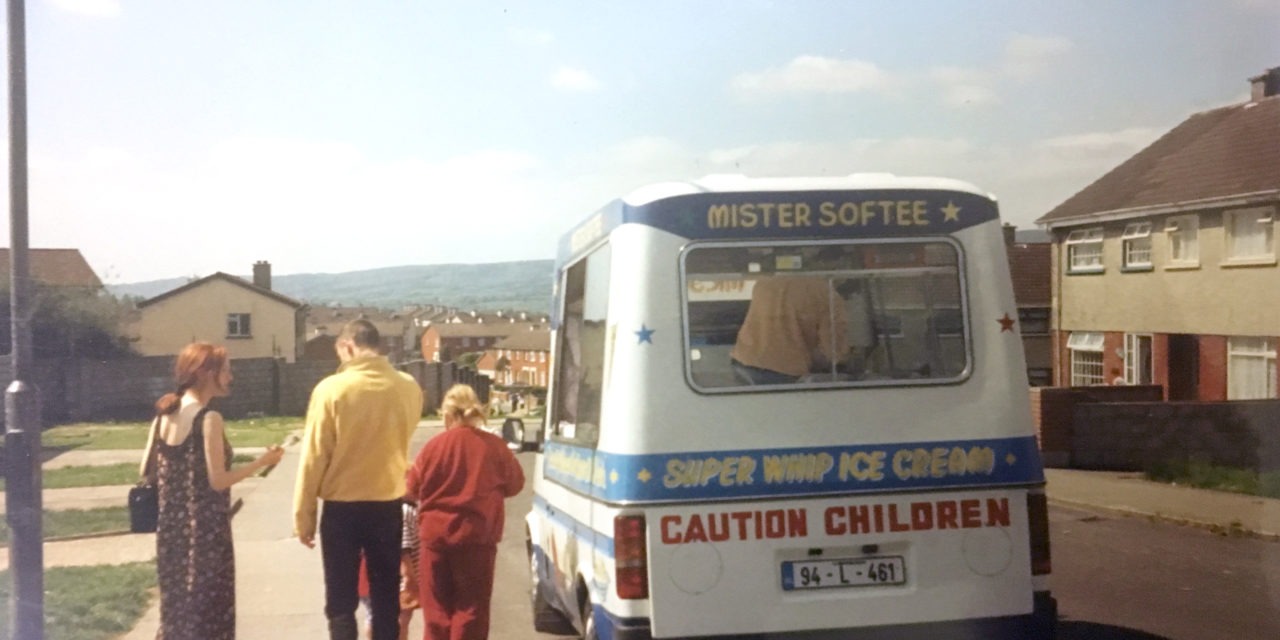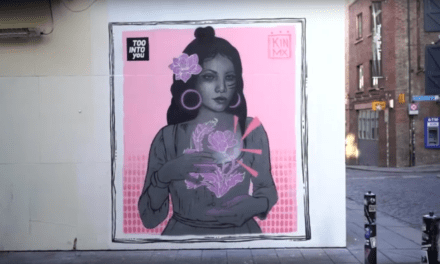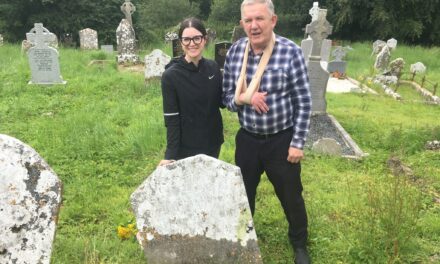Devotion to the community emerged as one of the strongest features during Moyross’s #BuildOurRoad campaign.
#BuildOurRoad win marks start, not end of campaign for a new, open Moyross
Work began once again, yesterday, on the Coonagh-to-Knockalisheen Distributor Road, after the community’s campaign was successful in causing a ministerial u-turn last week.
These important roadworks began in 2017, but regeneration has been going on for so long that a generation of children have grown into adulthood while still living in a walled-in community. Other communities across the city are in various states of “regeneration”, with unemployment in Limerick still consistently higher than all other urban areas on the island of Ireland (reference – see Pobal maps).
It’s worth looking back. The level of abandonment by the local authority and the State of communities in Limerick first became clear in 2006, when children were burned in an arson attack in Moyross.
Had the children succumbed to their injuries, as a four-year old child in Ballinacurra had in 2004, media and political attention would likely have come and gone without the underlying problems being recognised nationally.
Soon after, Moyross – which had been poorly policed – was inundated by every kind of police imaginable. Gardai in the sky, on horseback, undercover, in the community, armed Gardai. Even a spotter plane was seconded to Moyross. It added to the stigmatisation, but helped quell crime. The arson attack was to become the catalyst for setting up Limerick Regeneration.
A new approach was taken. Since the local authority was unable or unwilling to live up to its responsibilities, a statutory agency was set up in 2008 to manage regeneration.
From 2008 to 2020, €397m was spent: 1,091 houses (many loved by their occupants) were demolished across the city and 269 homes (mostly apartments) were built; money also went on plans, retrofitting and community and social projects. Many works remain to be completed, including the road.
In recent years, responsibility was handed back to the local authority, which in 2019 made headlines for spending close to a million euro on a glitzy campaign to promote Limerick’s “edgy” image. As the city and county council looked outwards, it was partly neglecting local responsibilities to communities in regeneration areas where many more demolition teams were sent in than builders (and very few of those hired were locals). Residents saw plans come and go and key elements of the regeneration plan remain vague to this day to residents.
However, while regeneration was never going to match what was initially promised (a €3billion euro vision) the majority of residents remain hopeful – all want to see their communities progress. In Moyross, there is an unquenchable desire for progress.

It became evident in January when, out of the blue, Moyross and the wider city was called to unite and campaign, or all hope people had for the city’s northside would be lost. The vital distributor road was slated for review.
People rowed in behind #BuildOurRoad, pushing the Government to live up to its commitments. The campaign gained support from all but one political party. See our earlier report here: https://www.changingireland.ie/moyross-speaks-with-one-voice-build-our-road/
It also drew extraordinary testimonies from residents and people formerly from Moyross who simply love their community. Noelle, a former resident, epitomised the passion people have for Moyross when she wrote:
“Moyross has been the only best memories I have of my childhood. I made lifelong friends, the bestest neighbours. Everyone helped and supported each other, no-one was left out and we were all a big family.”
“I always loved Moyross. It was my home. I’d move back in a heartbeat. My two children attend Corpus Christi school. It’s an amazing school. The principal and the teachers’ work is phenomenal – every single child is treated the same. If they got this road and built more social houses they could build back up the community. I’d love to move back to Moyross.”
Highlighting how the road could help ease homelessness and job scarcity on the northside, she wrote, “This road… gives families like mine a sense of relief, knowing that there is hope for this amazing community and the plans they have can be fulfilled.”
The community and its diaspora and many supporters found their voice on social media and across political lines. New youthful leaders emerged, while older activists discovered social media was a powerful tool that all could use. Ray O’Halloran, who is 70, is an activist and employer (one of the very few in the area) who has campaigned for decades and he took to Facebook to highlight, once again, that Limerick’s statistics are a shame. As he put it, there are two Limericks and two Irelands.


Still now, after a ministerial U-turn, and a major investment announcement (the following day) campaigners are not letting their guard down: “This isn’t even the beginning of the end. It is only the end of the beginning, in a movement to ensure the promises that were made to this community will be kept,” said Moyross Partners. The statement ended with: “In every community there is work to be done. In every nation there are wounds to heal. In every heart there is the power to do it.”
Even at the worst of times, when journalists descended on the area from Milan, Munich and New York, the graffiti on walls proclaiming “I love Moyross” was simply true.

• Meagher’s editorial in ‘Changing Ireland’ in Autumn 2006.





